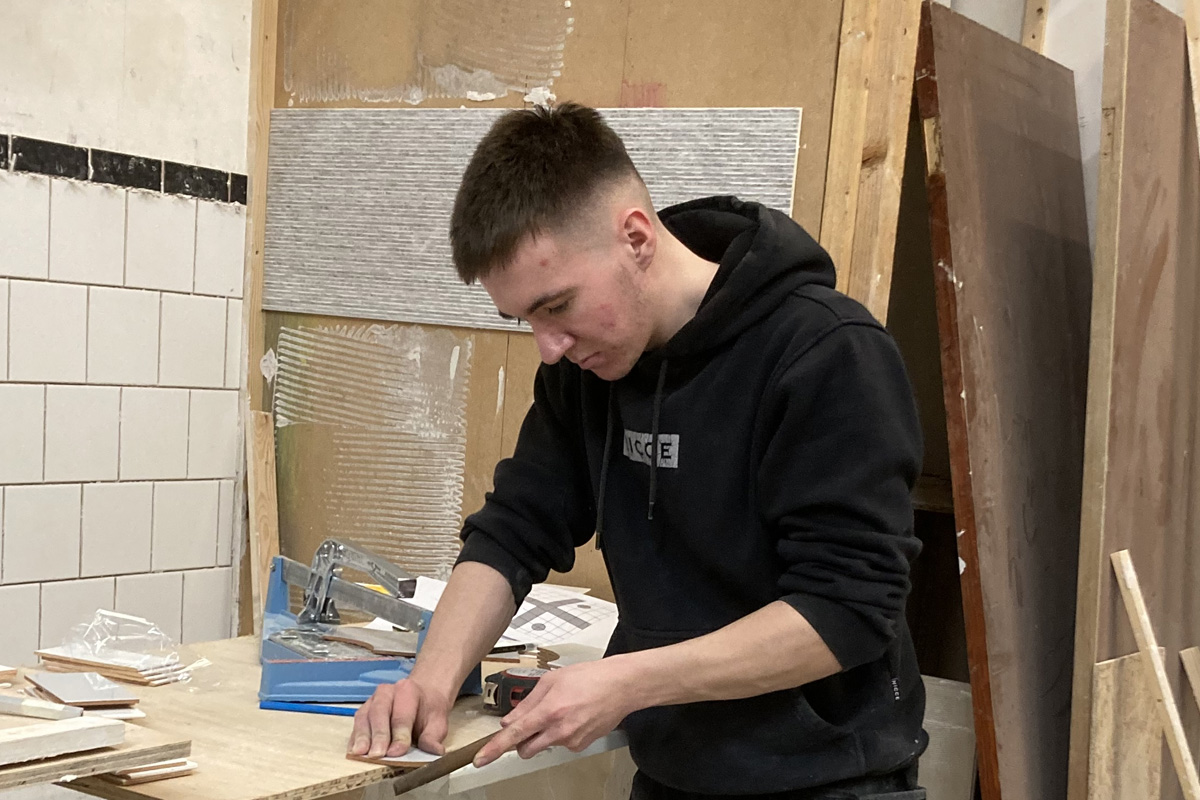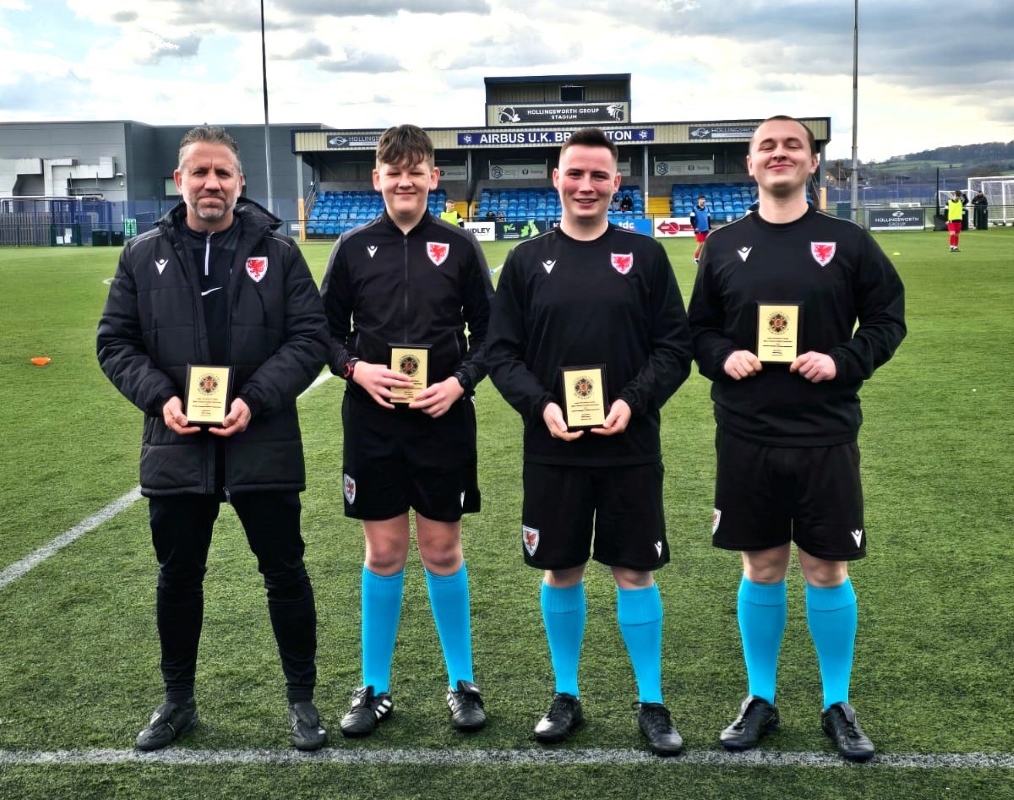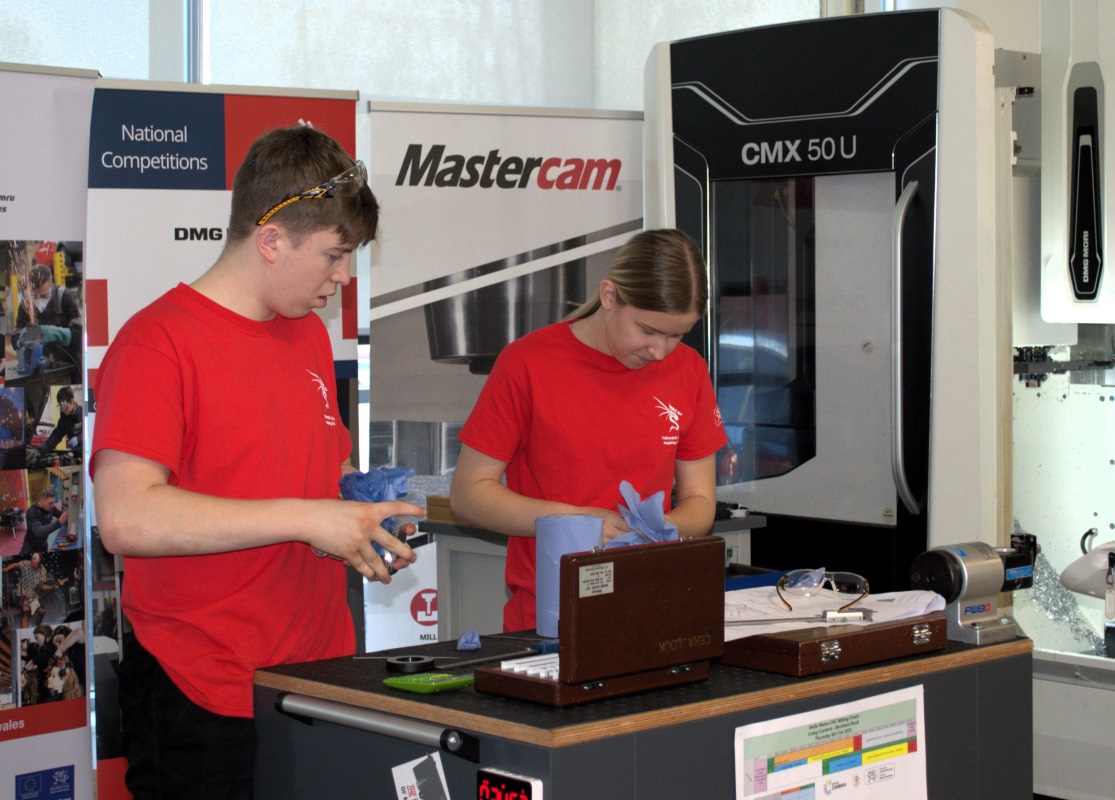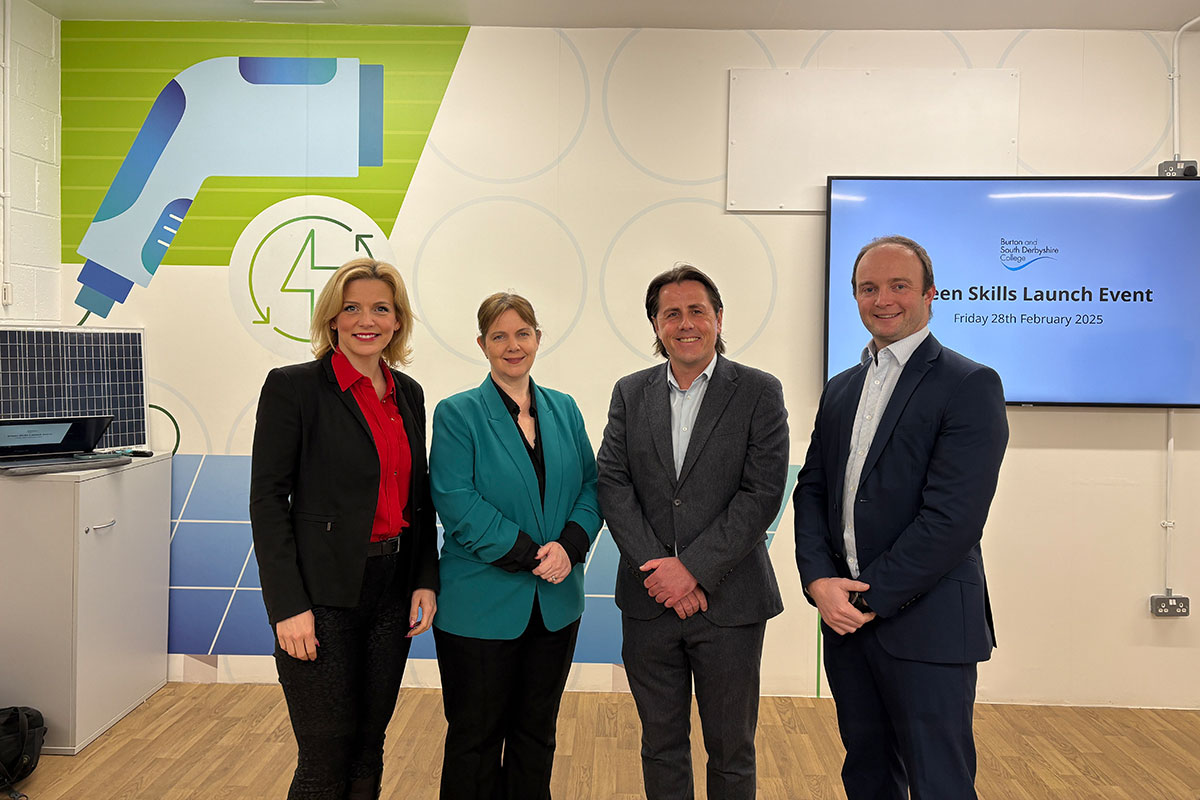Coronavirus (COVID-19) test kits for children’s homes
This guidance supports children’s homes in using and ordering polymerase chain reaction (PCR) test kits for:
testing staff and children showing symptoms of coronavirus (COVID-19)
confirmation of a positive lateral flow device (LFD) test result
testing upon entry into a secure children’s home for asymptomatic children as a means to reduce self-isolation periods
This guidance also supports children’s homes in using and ordering LFD test kits for:
regular, asymptomatic testing of secure children’s home staff
regular asymptomatic testing of secondary school-aged children in open residential homes who are not routinely able to attend school or are in-between schools
Read this guidance alongside:
Open children’s homes – testing options
If you are an open children’s home, PCR test kits can be used for:
symptomatic testing of staff and children
confirmation of a positive LFD result
LFD test kits can be used for regular asymptomatic testing of children in open residential homes who are not routinely able to attend school or are in-between schools and cannot access test kits otherwise from a school setting for subsequent at-home testing.
LFD tests should not be used for those showing symptoms.
Secure children’s homes – testing options
If you are a secure children’s home, PCR test kits can be used for:
symptomatic testing of staff and children
confirmation of a positive LFD result
testing upon entry into a secure children’s home for asymptomatic children as a means to reduce self-isolation periods
LFD test kits can be used for asymptomatic testing of staff as part of a regular twice weekly pattern to detect COVID-19 cases and help break transmission in homes.
LFD tests should not be used for those showing symptoms.
When to provide a PCR test kit
Open children’s homes
PCR COVID-19 test kits should only be offered to an individual who becomes symptomatic or to confirm a positive LFD test, and you believe they may have barriers to accessing testing through the usual channels. This type of testing should not be used for regular asymptomatic testing.
Anyone who has any COVID-19 symptoms must get a PCR COVID-19 test at a testing site, or order a test online at home and self-isolate immediately according to government guidelines.
In exceptional circumstances, when you do not think a symptomatic child or staff member would be able to access testing by the usual routes, you should consider providing a PCR test kit to improve the chances that the individual will get tested more quickly.
Access to these tests will also help symptomatic staff who test negative, and have not been asked to isolate by NHS Test and Trace, Public Health England or a local authority contact tracer, to get back to work as soon as they feel well enough. It can also support more rapid identification and isolation of contacts if the test is positive and release the need to socially isolate after a positive LFD if the PCR returns a negative result.
PCR kits will be supplied in boxes of 10 (a maximum of 3 for each order). Full instructions on how to administer the test and what to do next are provided within each kit.
Children’s home managers can decide how to distribute PCR test kits to staff, as long as it is done safely with due regard for the transmission risk.
You could distribute PCR test kits by:
posting to the staff member’s home
asking another member of staff to drop the PCR kit through their letterbox
A staff member who develops symptoms cannot enter the children’s home to collect a PCR test kit (or for any other reason). PCR test kits are suitable for people of all ages, however, carers and guardians need to administer the test to those aged 11 and under.
The child’s social worker and setting manager are best placed to agree on who should help the child with administering a PCR test, where required, taking into account the child’s own views.
Secure children’s homes
In addition to testing staff who become symptomatic, or receive a positive LFD test, children entering the home for the first time should be tested using a PCR kit on the day of arrival (day 0 or 1) and then tested again around 5 to 7 days after arriving at the home. Specific guidance about PCR testing on entry is available on the document sharing platform. The child may move out of isolation following 2 negative test results. If testing on reception is not available, the child is unable to test, or if they refuse to be tested, then they must complete 10 days isolation.
Within secure children’s homes, a trained member of residential staff needs to administer the taking of a swab test, regardless of the child’s age.
PCR kits will be supplied in boxes of 10 (a maximum of 3 for each order). Full instructions on how to administer the test and what to do next are provided within each kit.
If you are a secure children’s home manager then you need to follow the guidance as set out in the clinical standard operating procedure (SOP): testing upon entry in secure children’s homes. This is available on the document sharing platform.
The child’s social worker and setting manager are best placed to agree on who should help the child with administering a PCR test, where required, taking into account the child’s own views.
When to provide an LFD test kit
It is crucial that action continues to be taken to break chains of transmission of COVID-19 and help safeguard the health of the staff and residents of children’s social care settings. Up to one in 3 people who have COVID-19 are asymptomatic. By rapidly identifying and containing asymptomatic cases, we can help reduce transmission of COVID-19.
Testing is in addition to and does not replace, other protective measures such as:
social distancing
handwashing
wearing face coverings
ensuring good respiratory hygiene (promoting the ‘catch it, bin it, kill it’ approach)
maintaining enhanced cleaning, including cleaning frequently touched surfaces often using standard products such as detergents
keeping occupied spaces well ventilated where appropriate
Testing is voluntary and no person will be tested unless informed consent has been given by the appropriate person. However, we strongly encourage testing to take place, wherever it is possible to do so.
The child’s social worker and setting manager are best placed to agree on who should help the child with administering an LFD test, where required, taking into account the child’s own views.
Staff and secondary school children should continue to test twice weekly at home, with LFD test kits, 3 to 4 days apart. Testing remains voluntary but is strongly encouraged.
The asymptomatic testing programme does not replace the current testing policy for those with symptoms. Individuals with symptoms (even if they recently had a negative LFD test result) should take a PCR test and follow government guidelines.
Open children’s homes
Staff
Staff working in open children homes should continue to test twice weekly at home, with LFD test kits, 3 to 4 days apart. Testing remains voluntary but is strongly encouraged.
Staff should access LFD test kits, for twice weekly asymptomatic testing, by either:
All staff should conduct an LFD at home prior to attending their workplace.
Read the guidance on regular rapid COVID-19 tests if you do not have symptoms.
Test results should be uploaded to the government’s COVID-19 results portal and individuals will receive an email or text confirming the result of their test and guidance on the next steps.
Full instructions on how to administer the LFD test and what to do next are provided within each kit.
The LFD test will give a result in around 30 minutes, and staff should share their result with their children’s home setting to help with contact tracing. Results need to be reported to NHS Test and Trace, as soon as the test is completed, whether the result is positive, negative or void. Testing is not mandatory for staff, and staff do not need to provide proof of a negative test result to attend the workplace, although participation in testing is strongly encouraged.
Children
LFD test kits can be used for regular asymptomatic testing of secondary school-aged children in open residential homes who are not routinely able to attend school, or are in-between schools and cannot access test kits otherwise from a school setting for subsequent at-home testing. This can apply to individual children until such time as they are able to join the regular schools testing programme. Anyone with a positive LFD test should get a confirmatory PCR test as soon as possible.
If you are a children’s home manager, then you need to follow the guidance as set out in the clinical standard operating procedure (SOP): rapid asymptomatic testing for residents in open children’s homes.
When undertaking a test, a member of the children’s home staff or guardian will need to administer the test to any child aged 11 and upload their test result.
A member of children’s home staff or a guardian will need to supervise children aged 12 to 17 to self-test and upload their test results (although an adult can conduct the test and upload the results if necessary).
Young people aged 18 will be able to self-test without supervision where this is suitable.
For each order, LFD kits will be supplied in sets of 140 (20 boxes of 7 test kits) at a time, for each children’s home, and can be replenished every 21 days.
Secure children’s homes
Staff
Staff working in secure children’s homes should be provided with LFD test kits to test at home twice weekly, 3 to 4 days apart, preferably in the morning. Tests should be taken before going to the workplace, to minimise the risk of introducing infection, and be evenly spaced throughout the week. Staff returning to work after a period of leave should take an LFD test at the beginning of their shift. Part-time workers should still broadly space their 2 tests throughout the week.
For each order, LFD kits will be supplied in sets of 140 (20 boxes of 7 test kits) at a time, for each children’s home, and can be replenished every 21 days.
Consent to testing of children
For looked-after secondary school-aged children, the children’s home manager should in all cases get consent from the person or body who holds parental responsibility, via the placing authority, for the child’s participation.
Young people 16 years or over, who are able to provide informed consent, can complete the consent form, which is available on the document sharing platform. Home managers will provide the form to the young person.
For children younger than 16, or young people who are unable to give informed consent due to lack of mental capacity, informed consent will need to be obtained from the appropriate guardian or relevant responsible person from the child’s placing local authority.
One consent form for each child participating in testing should be completed.
If the child refuses, testing should not take place even if informed consent has been given by the appropriate guardian.
Children’s home managers should liaise with the placing local authority and consult the care plan for individual children as regards the types of decision, which might include testing and receiving test results, that can be taken on behalf of children.
Consent to testing of staff
Participation is voluntary for self-testing at home. Anyone participating in testing must be provided with all necessary information to help them make the decision to self-test. Secure children’s homes must make sure that staff are issued with the privacy notice for tests at home.
Children’s home managers need to follow the guidance as set out in the clinical standard operating procedure (SOP): rapid asymptomatic testing of secure children’s homes staff at home. This is available on the document sharing platform.
Ordering and replenishing test kits
All children’s homes registered on the national testing portal can order more test kits online.
You can order new LFD test kits 10 days after you receive a delivery confirmation email telling you that your previous order has been sent. PCR test kits can only be re-ordered every 21 days.
To place an order, you will need a unique organisation number. You should receive an email with this number once your account has been approved.
You can look up your unique organisation reference number (UON) using your Ofsted unique reference number.
If you have any questions, concerns or need to report any issues about the supply, ordering and delivery of test kits, we advise you to call NHS Test and Trace on 119.
Children’s homes are usually considered as ‘households’ for the purposes of the household self-isolation policy.
From 14 December, adults who are fully vaccinated and all children and young people aged between 5 and 18 years and 6 months identified as a contact of someone with COVID-19 are strongly advised to take an NHS rapid lateral flow test every day for 7 days and continue to attend their work or education setting as normal, unless they have a positive test result. Daily testing of close contacts applies to all contacts who are:
fully vaccinated adults – people who have had 2 doses of an approved vaccine
all children and young people aged 5 to 18 years and 6 months, regardless of their vaccination status
people who are able to get vaccinated for medical reasons
people taking part, or have taken part, in an approved clinical trial for a COVID-19 vaccine
Children under 5 years are exempt from self-isolation and do not need to take part in daily rapid lateral flow testing.
Further information is available in NHS Test and Trace: what to do if you are contacted and in the stay at home: guidance for households with possible or confirmed coronavirus (COVID-19) infection.
Clinical studies have shown that children and young people, including those originally considered to be clinically extremely vulnerable (CEV), are at very low risk of serious illness if they catch the virus. The UK Clinical Review Panel has recommended that no children and young people under the age of 18 should be considered CEV.
If there are unvaccinated children within your setting, following the identification of a close contact you may wish to put in place temporary additional protective measures while waiting for the outcome of any PCR test. These could include:
the identified close contact limiting contact and mixing with those identified as clinically vulnerable
increasing hygiene and cleaning routines
Any decision to take additional precautions should be based on the specific circumstances of the individual close contact and the clinically vulnerable children and young people within the setting. You should consider what impact additional precautions may have on wellbeing.
No child living in the setting should be denied education based on their compliance with any additional precautions.
Health professionals attending your setting may be following slightly different guidance from the UK Health Security Agency (UKHSA) if they are identified as a close contact due to their wider work in settings with clinically extremely vulnerable people.
18-year-olds will be treated in the same way as children until 6 months after their 18th birthday, to allow them the opportunity to get fully vaccinated. At which point, they will be subject to the same rules as adults and so if they choose not to get vaccinated, they will need to self-isolate if identified as a close contact.
Settings will continue to have a role in working with health protection teams in the case of a local outbreak. If there is a substantial increase in the number of positive cases in a setting or if central government offers the area an enhanced response package, a director of public health might advise a setting to temporarily reintroduce some control measures.
See the use of PPE in education, childcare and children’s social care for more information about how to manage outbreaks in children’s homes.
For most settings, it will make sense to think about taking extra action if the number of positive cases substantially increases. Information on what circumstances might lead you to consider taking additional action, and the steps you should work through, can be found in the education and childcare settings contingency framework.
Negative results involving staff and children
If a member of staff or child has a negative PCR result, it means the test did not find COVID-19. At that point, individuals should return to work or education.
For children entering into a secure home who are tested using PCR kits, only the second negative test on day 5 to 7 will mean that they no longer need to self-isolate.
Action following LFD test results
Positive results
If a child or member of staff has a positive LFD test result, they should have a confirmatory PCR test within 2 days of the LFD test. If a child or member of staff has a positive result from a PCR test, they should self-isolate immediately. Their self-isolation period includes the day their symptoms started (or the day they had the test, if they did not have symptoms) and the next 10 full days.
Negative results
If a member of staff or child has a negative result, it is likely they were not infectious at the time the test was taken. A negative test result, however, is not a guarantee that an individual does not have COVID-19.
If the test is negative, children’s home managers must continue to follow national guidelines for safe working in children’s social care including regular handwashing, social distancing and face coverings in the setting, where required.
All test results, whether positive, negative or void, need to be uploaded via the self-test reporting portal or by calling 119.
More information about what test results mean is available on the NHS website.
Registering completed test kits and receiving results
When registering your completed test kits you will need to give details of the person being tested. This includes their:
name
date of birth
symptoms (if any) and the date they started
ethnic group
gender
address
email address and mobile number that the results will be sent to
employment status (optional)
NHS number (if known)
The home manager should register the completed test kits for any children in your care.
Children aged 11 must be assisted by an appropriate adult and the results should be reported on the LFD self-test portal by the appropriate adult using the home UON.
Children aged 12 to 17 may self-test with supervision and can report the results on the LFD self-test portal using the home UON with adult oversight.
Anyone 18 years and above may self-test without supervision where this is suitable, and report results on the LFD self-test portal using the home UON.
Children’s home managers should share the results of a child’s test with the placing local authority and local authority where the home is located (if different).
Children’s home managers should also ask members of staff to share the results of their at-home test immediately.
Storage of PCR and LFD test kits
PCR kits should be stored securely at ambient room temperature (5 to 22°C).
LFD kits should be stored securely at ambient room temperature (2 to 30°C).
For help and enquiries
For COVID-19 related queries, including issues with the supply of test kits, phone 119 NHS Test and Trace.
In addition, Test and Trace can also provide support:
at any point throughout the testing journey
in up to 650 languages, including British Sign Language (BSL)
to order home test kits for symptomatic members of a household through the usual routes












Responses